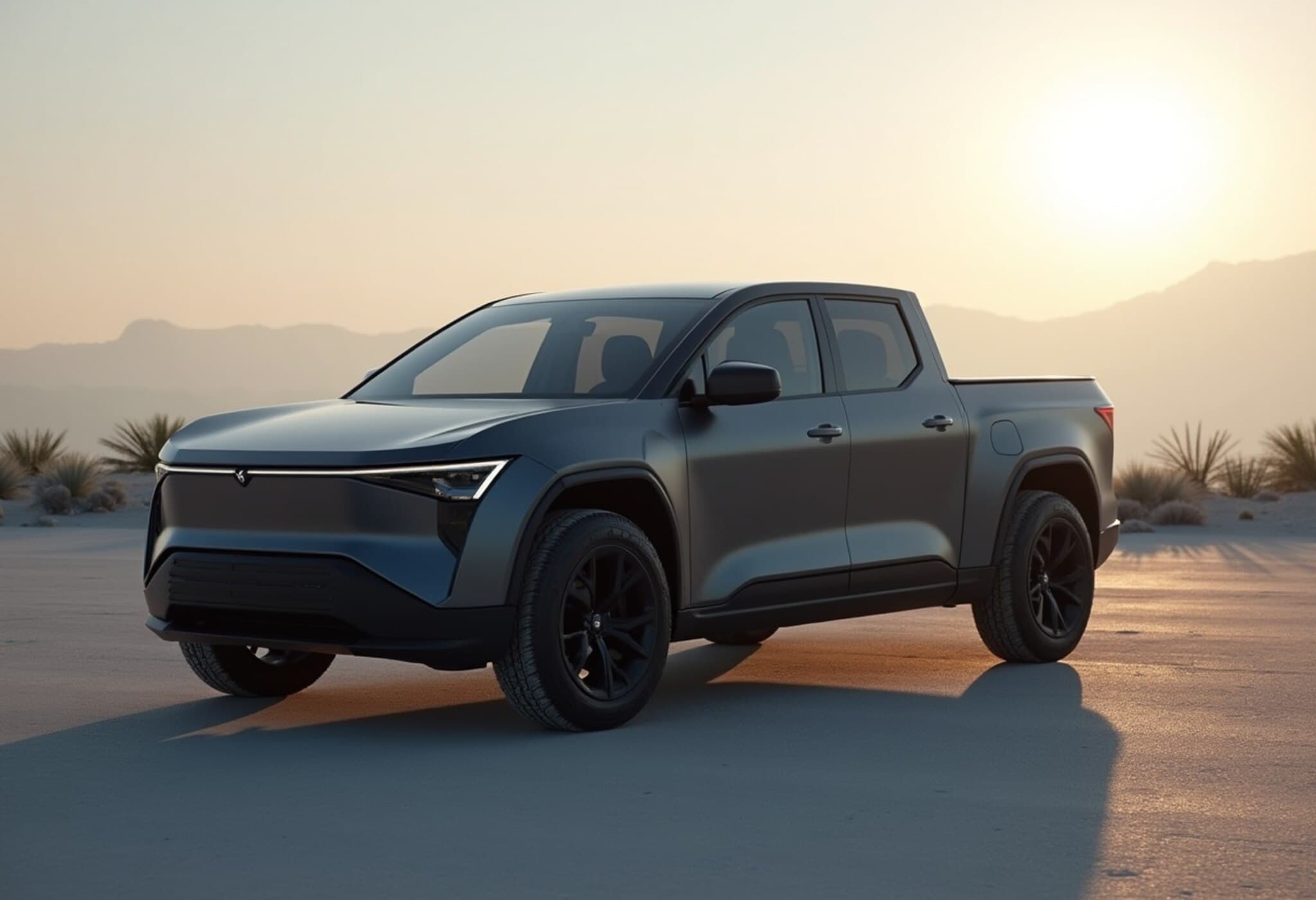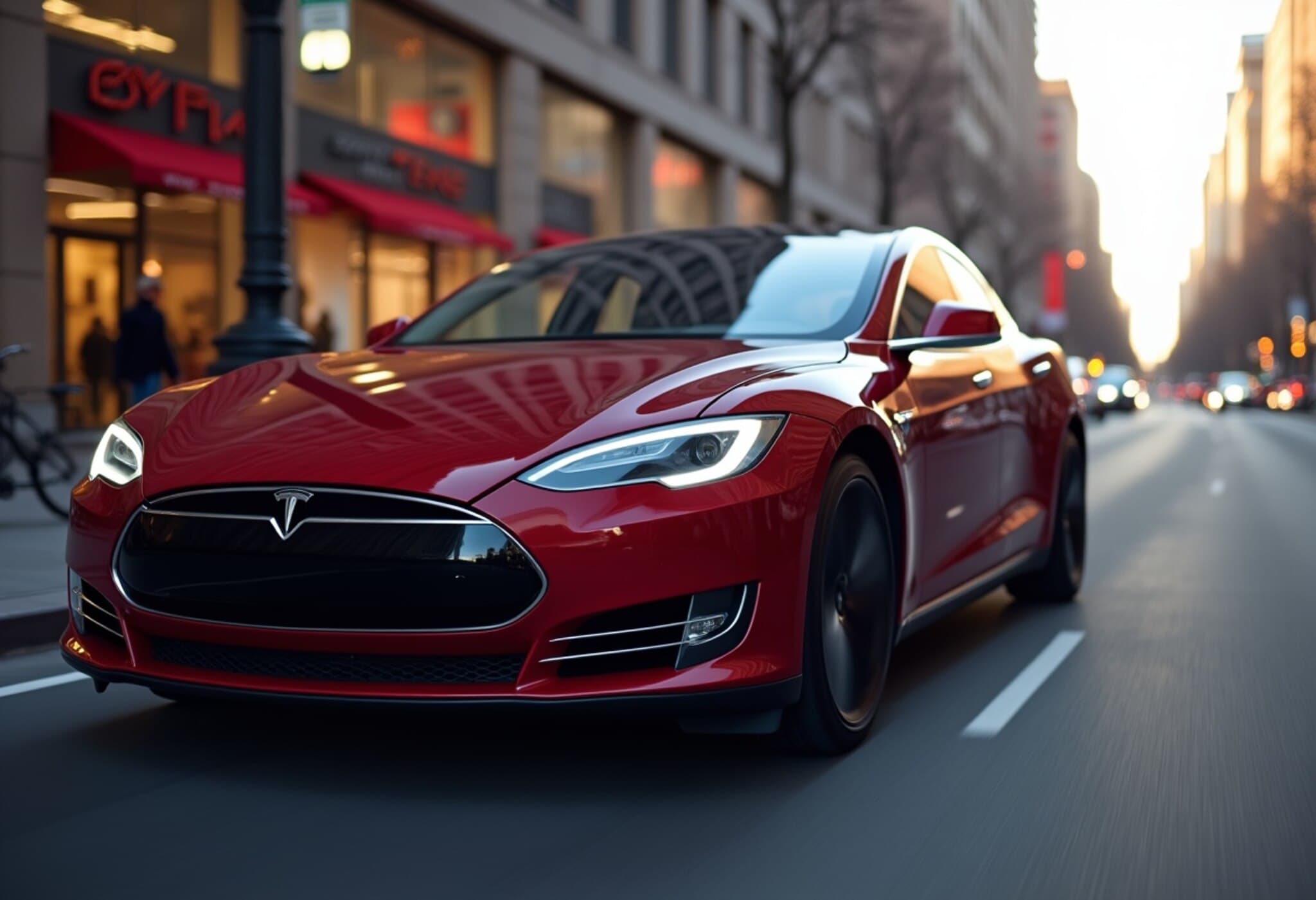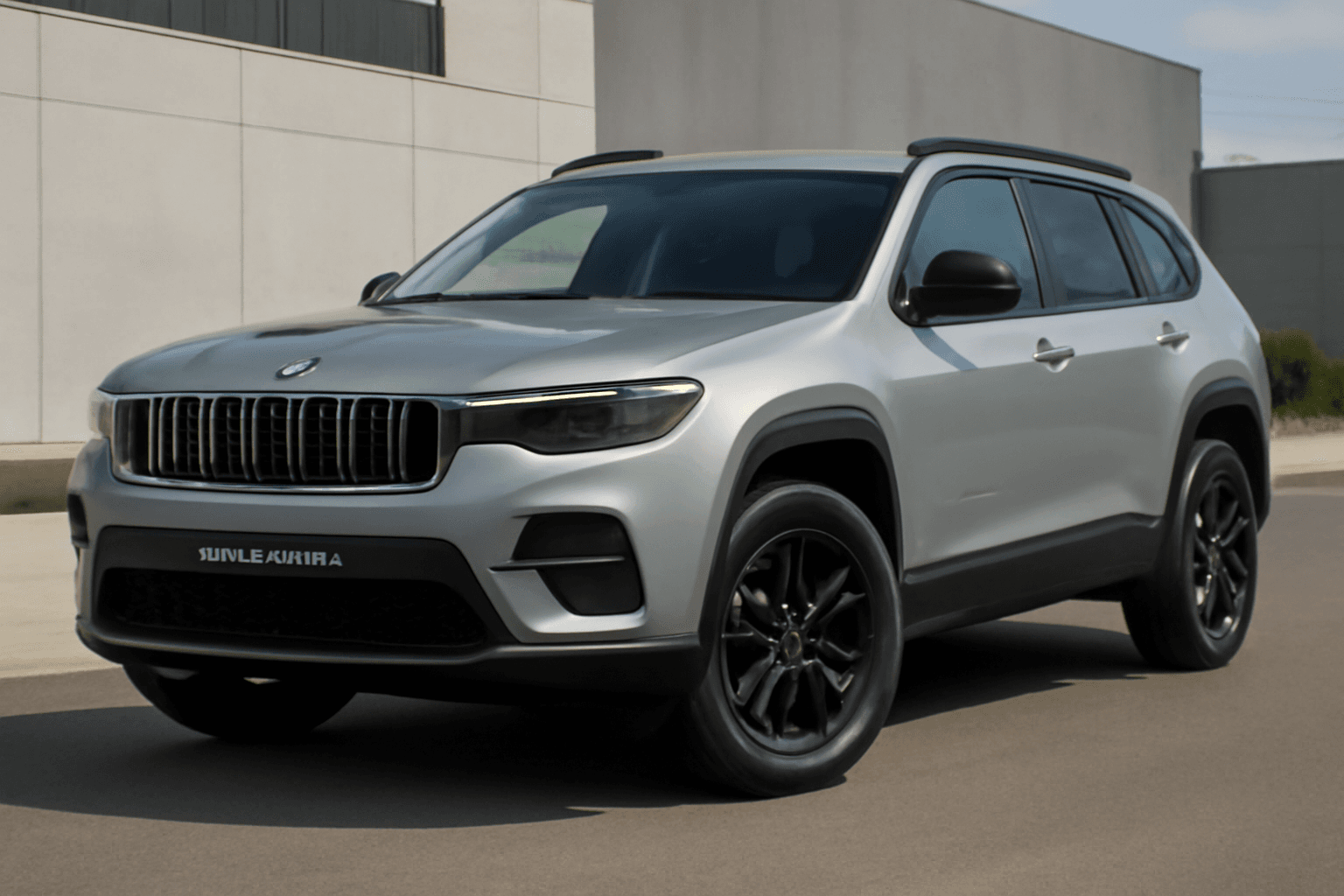How Slate Automotive Plans to Transform the Affordable EV Market
Backed by Jeff Bezos, Slate Automotive has unveiled a bold vision to make electric vehicles (EVs), particularly pickup trucks, more accessible to American consumers. Their strategy hinges on a minimalist, open-source design approach that drastically reduces manufacturing costs, allowing them to price their signature EV pickup truck at nearly half the average transaction price in the U.S.
Keeping It Simple to Slash Costs
The Slate Truck challenges conventional auto manufacturing by embracing simplicity. The base model is compact and utilitarian — featuring just two doors, two seats, and no built-in infotainment system. Instead of bundling features, Slate encourages buyers to personalize their vehicles through a marketplace of add-ons. This modular customization offers consumers flexibility rarely seen in the automotive sector.
Endless Customization Through Open Source Innovation
Slate isn’t stopping at offering factory accessories; they aim to cultivate an ecosystem where third-party developers can create their own add-ons for the truck. With over 100 planned accessories, including a conversion kit that transforms the pickup into a 5-seat SUV, the truck becomes an evolving platform rather than just a vehicle. This open-source model taps into a growing consumer desire for personalization and DIY enhancement, bridging the gap between affordable and tailored EV ownership.
Market Demand and Pricing Challenges
Slate’s straightforward value proposition has drawn significant interest: more than 100,000 reservations have been placed for their barebones EV pickup. Affordability remains the key selling point as nearly 50% of U.S. car shoppers cite price as the major barrier to purchasing EVs, according to a May 2025 J.D. Power study.
However, recent policy changes have introduced price uncertainty. Earlier in 2025, Slate advertised an entry price below $20,000 after applying the federal $7,500 EV tax credit. But following the partial rollback of those incentives under the Trump Administration’s July executive order, that figure now edges closer to $27,000 to $28,000 without the tax credit.
Competitive Landscape at Sub-$30,000 Price Points
Slate’s vehicle will soon enter a segment crowded with established players. While only one model in the U.S. now transacts under $20,000 (the Mitsubishi Mirage), there are roughly 20 models priced under $30,000, including versatile options like the Ford Maverick. Notably, the Maverick offers more amenities, such as a hybrid powertrain and advanced features missing from Slate’s minimalist truck.
Sam Abuelsamid, Vice President at Market Research Telemetry, encapsulates the dilemma: “At around $27,000, the price point no longer gives Slate a strong competitive edge. While they could reduce prices further, that would inevitably strain profit margins.”
Expert Insight: Balancing Affordability, Features, and Consumer Expectations
From a policy standpoint, Slate’s approach underscores a broader debate in the American EV market: how to balance affordability with desirable features that today’s consumers expect. Lowering upfront costs is essential, but the absence of modern amenities can deter buyers comparing with hybrid or traditional pickups.
Additionally, Slate’s emphasis on U.S.-manufacturing and open-source customization taps into current American economic priorities — creating domestic jobs and fostering innovation ecosystems. This approach aligns with recent federal efforts to stimulate local EV production, though evolving incentive policies add layers of complexity for companies and consumers alike.
Looking Forward: Will Slate Redefine Affordable EVs?
Slate Automotive’s experiment blends frugality, customization, and community-driven innovation. It challenges automakers to rethink product design, pricing strategies, and how consumers engage with their vehicles.
Yet, the path forward will test whether minimalist EVs can capture enough market share in a competitive landscape influenced by shifting federal incentives and diverse consumer preferences.
Key Questions for Stakeholders
- Can a fully customizable, barebones EV truck meet the evolving needs of American drivers accustomed to feature-rich vehicles?
- How will the expiration of federal EV tax credits influence consumer demand and manufacturer pricing strategies?
- What role will open-source innovation play in shaping the future of automotive customization and aftermarket ecosystems?
Slate Automotive’s innovative approach to affordable EVs represents an intriguing blend of simplicity and personalization. As America pushes toward cleaner transportation, balancing cost, features, and policy incentives will be critical. For consumers and policymakers alike, understanding how emerging business models like Slate’s fit into the broader EV ecosystem is essential to shaping a sustainable and inclusive automotive future.











